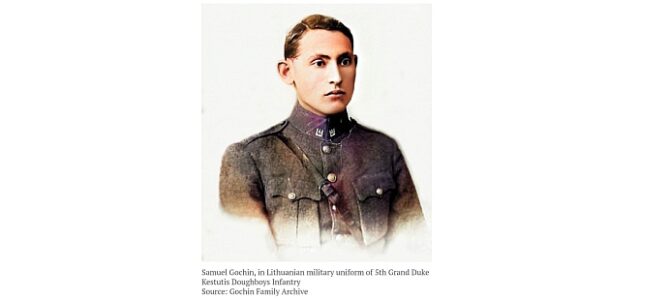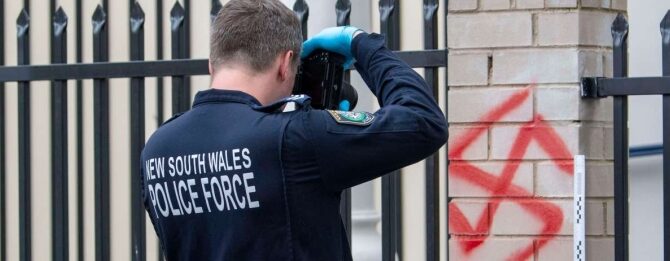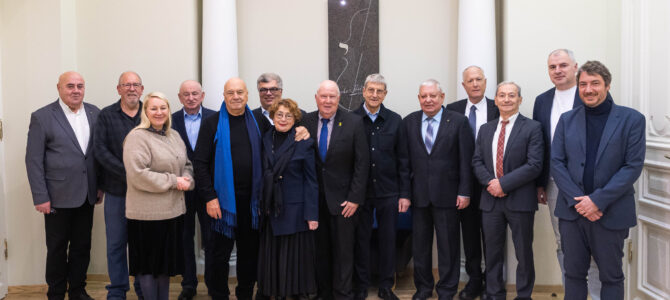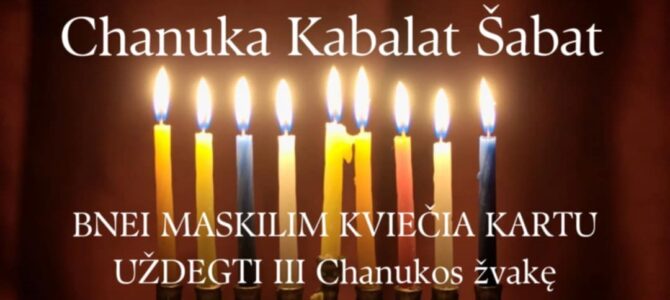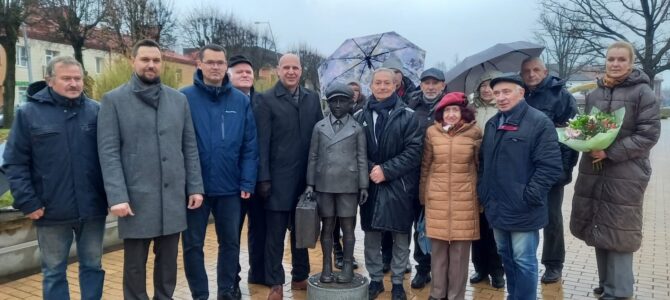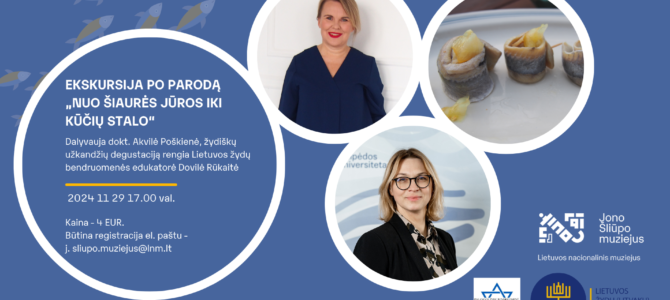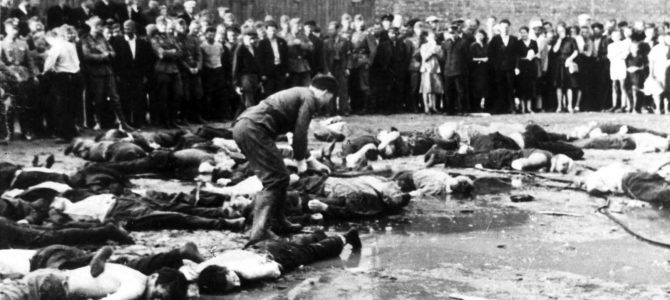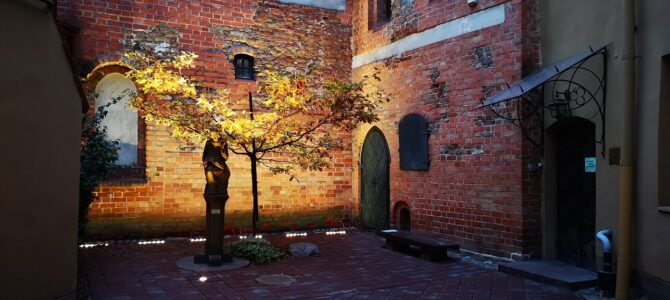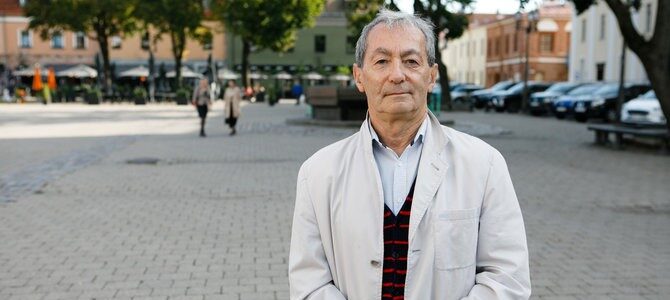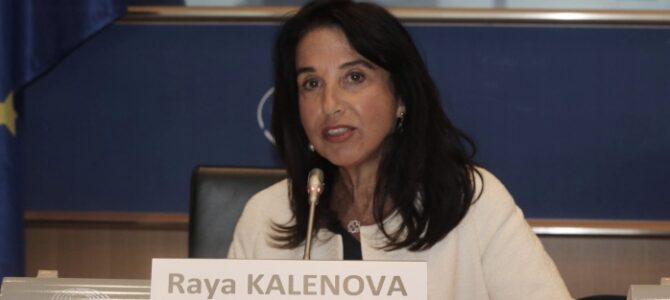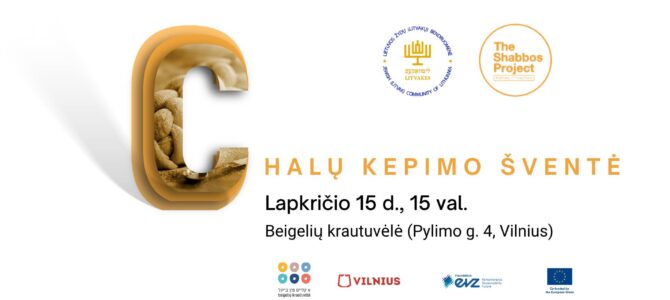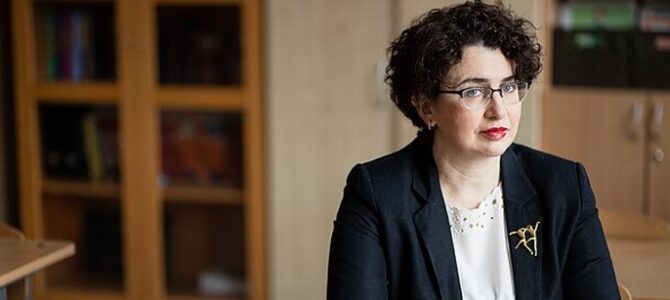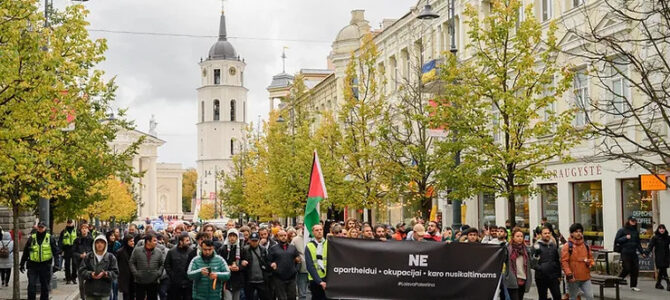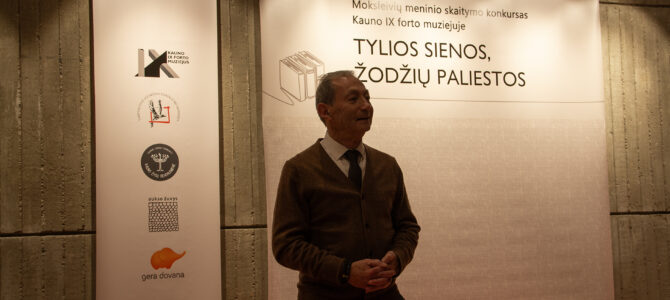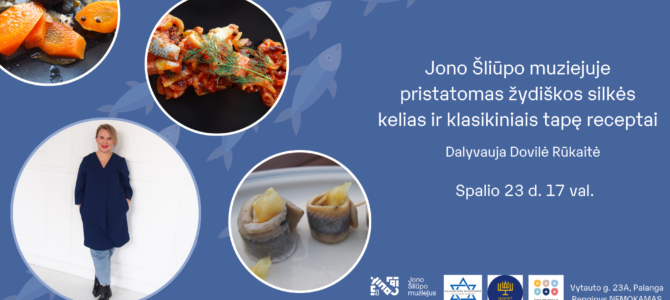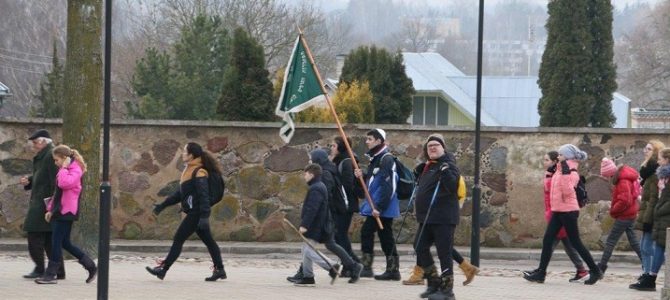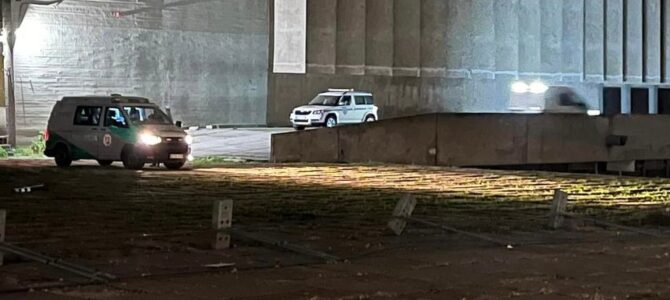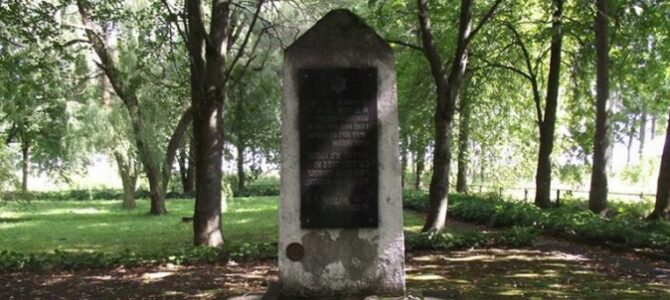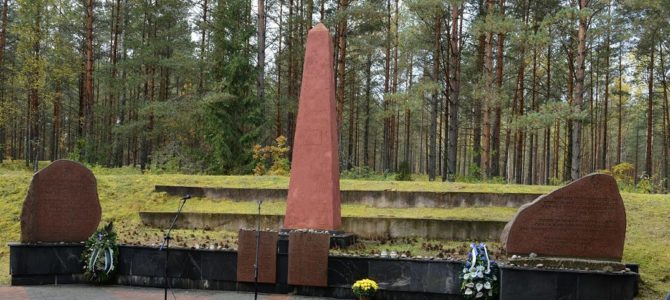Photo: Samuel Gochin, in Lithuanian military uniform of 5th Grand Duke Kestutis Doughboys Infantry. Source: Gochin Family Archive
by Grant Gochin
Dear Zayde,
Growing up in South Africa, you implored me to remember. Zachor. I was to remember who we Jews are, and where we came from. You showed me the photos and told me stories. You taught me only love. You asked me to visit our family cemetery in the “old country” and to recite Kaddish for our family. Zayde, I have.
So then, after the collapse of the Soviet Union, I travelled to the “old country,” specifically, Lithuania. Once there, my first destination was your shtetl. There was nothing Jewish remaining. They destroyed everything. Deliberately. I erected a new gravestone where I could say Kaddish.
The cemeteries were in utter disarray and in shambles. It was glaringly apparent to me that the overgrowth was intentional. No one wanted to remember that Jews had lived in Lithuania.


